Whiteflies on plants are common garden, greenhouse and houseplant pests. These plant sucking insects are closely related to aphids, mealybugs and scale. Learn How to get rid of whiteflies in this post.
These are not true flies. However they do fly a small distance. If you knock a plant heavily infested with whitefly you will see a cloud of them emerge into the air.
These sucking pests produce honeydew like aphids, mealy bugs and scale. In the greenhouse and garden herd ants will protect these insects.
Herder Ants love honeydew. If you see ants on your plants, watch for whitefly and other honeydew producing pests.
There are several species of Whiteflies. But they all look similar in size and body form and do the same damage to your plants.

Whitefly Damage:
Infested plants may not show much leaf damage at first. But as the generations of whitefly reproduce the leaf damage will get more severe. Look for leaf discoloration, mottling and yellowing. The leaves may be curled or deformed.
You will see sticky shiny spots on the leaves from the honeydew whiteflies secrete. And black sooty mold may cover the leaf surface.
Whitefly Life Cycle:
Whitefly live and reproduce in colonies on the undersides of plant leaves. Like aphids and mealy bugs they stay out of the soil and on the plant.
The lifecycle of a white fly is completed in about 18 to 25 days depending on the temperature. The adults lay eggs on the underside of leaves.
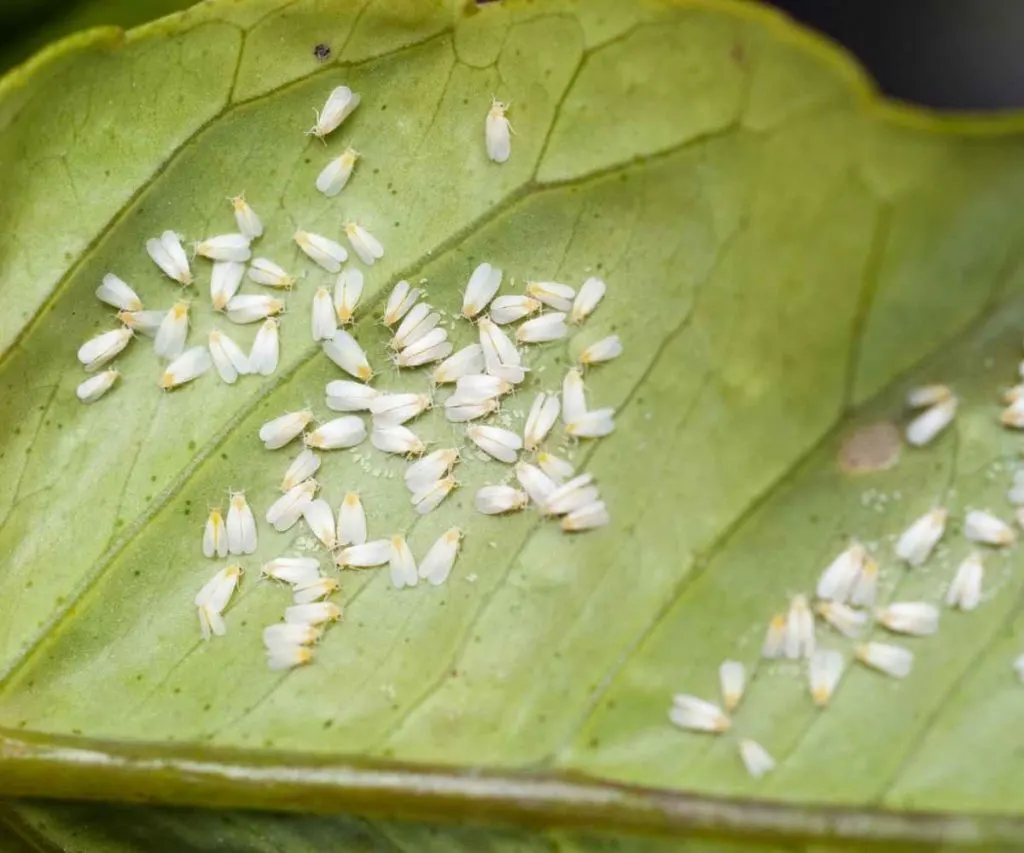
The eggs go through several stages from nymph to crawlers to adult whitefly. The larval stages damage leaves.
Immature whitefly forms pierce the leaf with their mouthparts. They suck out the leaf juices to feed on. Notice the small dots on the leaf above. This is the damage a small population can cause.
There are four wings that emerge on adults. They look like tiny fuzzy moths. The adults are about 1/16 inches in length depending on the species.
When you see whitefly, Look on a leaf underside closely. You will often see all stages of the life cycle on one leaf. The adults lay about 40 eggs/ female in clusters and live about two months.
Whiteflies can make several generations a year.
How To Safely Dispose Of Infested HousePlants:
If you see a LOT of pest damage and want to get rid of the plant rather than treat it, here’s the proper way to do it.
- Take the whole plant and set it in an airtight garbage bag.
- Seal the bag.
- Throw it into the garbage OUTSIDE.
- Do NOT throw a plant live with pests into your compost pile or anywhere they can continue their life cycle.
- Be sure to sterilize the home surfaces you and the plant came in contact with.
- Any other houseplants grouped together with the affected one should also be checked for pests and sprayed with a neem oil insecticidal spray.
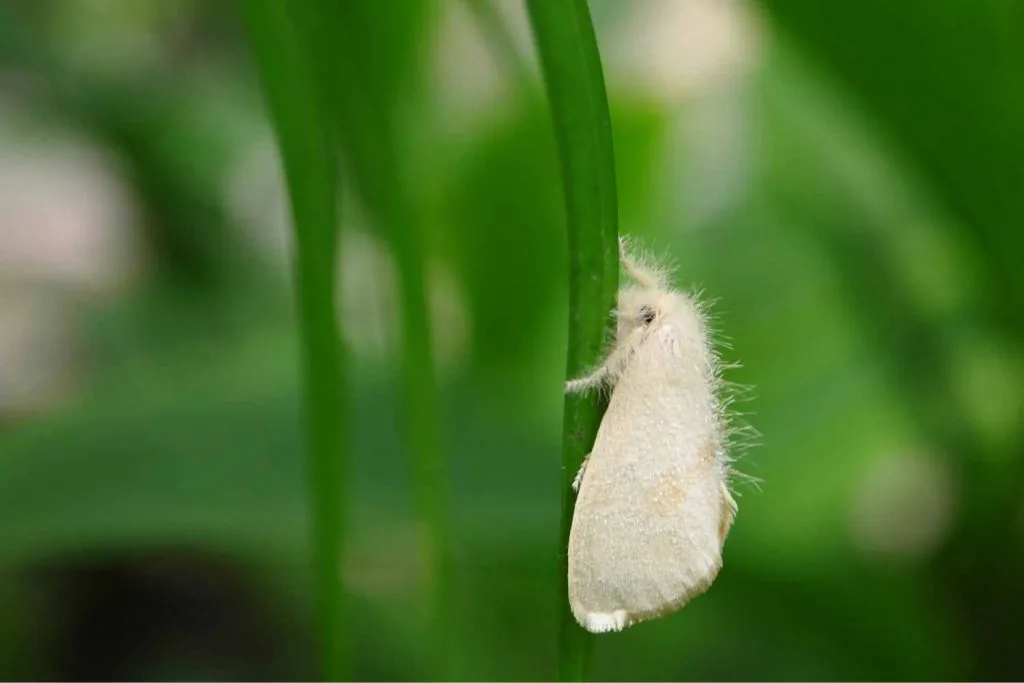
How to Keep Pests outside:
- Any new houseplants should be checked before purchase for plant pests.
- Quarantine all newly purchased houseplants from other plants at least a month.
- Plant pests can travel indoors on your cloths and even catch a breeze and fly into your home.
- Many pests such as thrips spider mites, whiteflies, aphids and mealybugs live on your outdoor plants and may get a foothold on your Indoor Plants. They come in on the wind, Cut outdoor flowers, and garden produce.
- Herder ants will also bring any honeydew producing pest indoors to set up house if they can. If you see an ant in your house or on a plant pay attention to what it is doing.
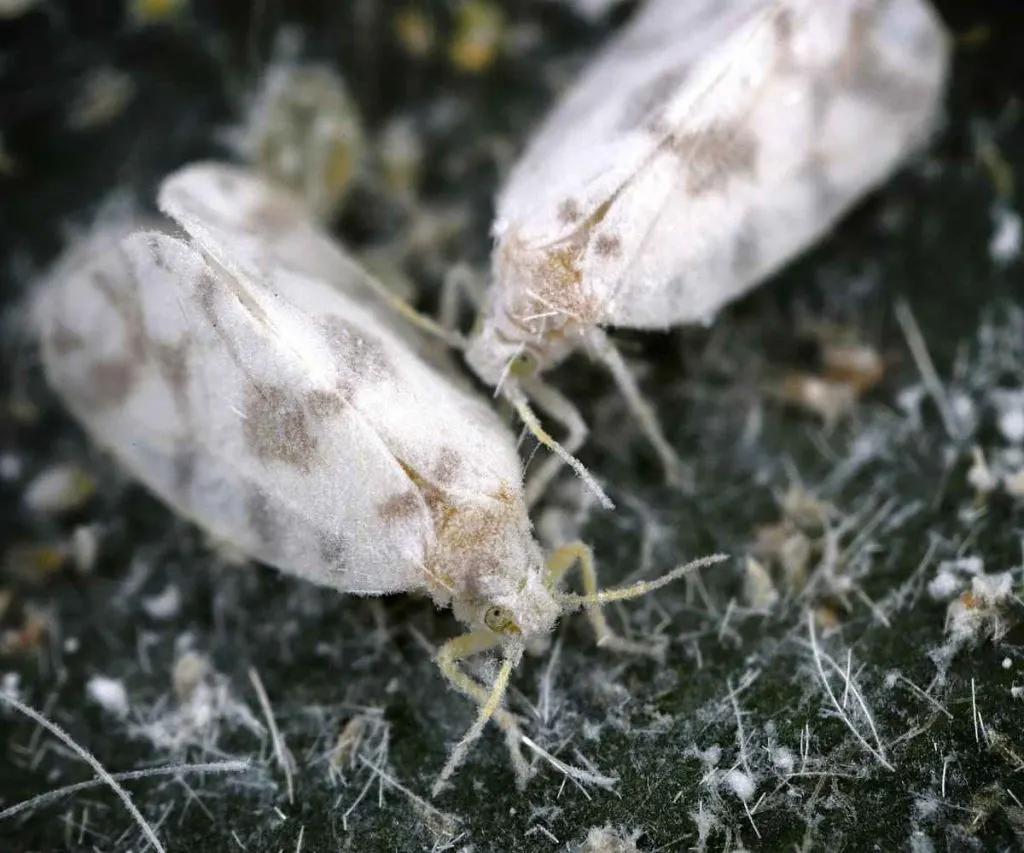
How to Get Rid Of Whiteflies on Plants:
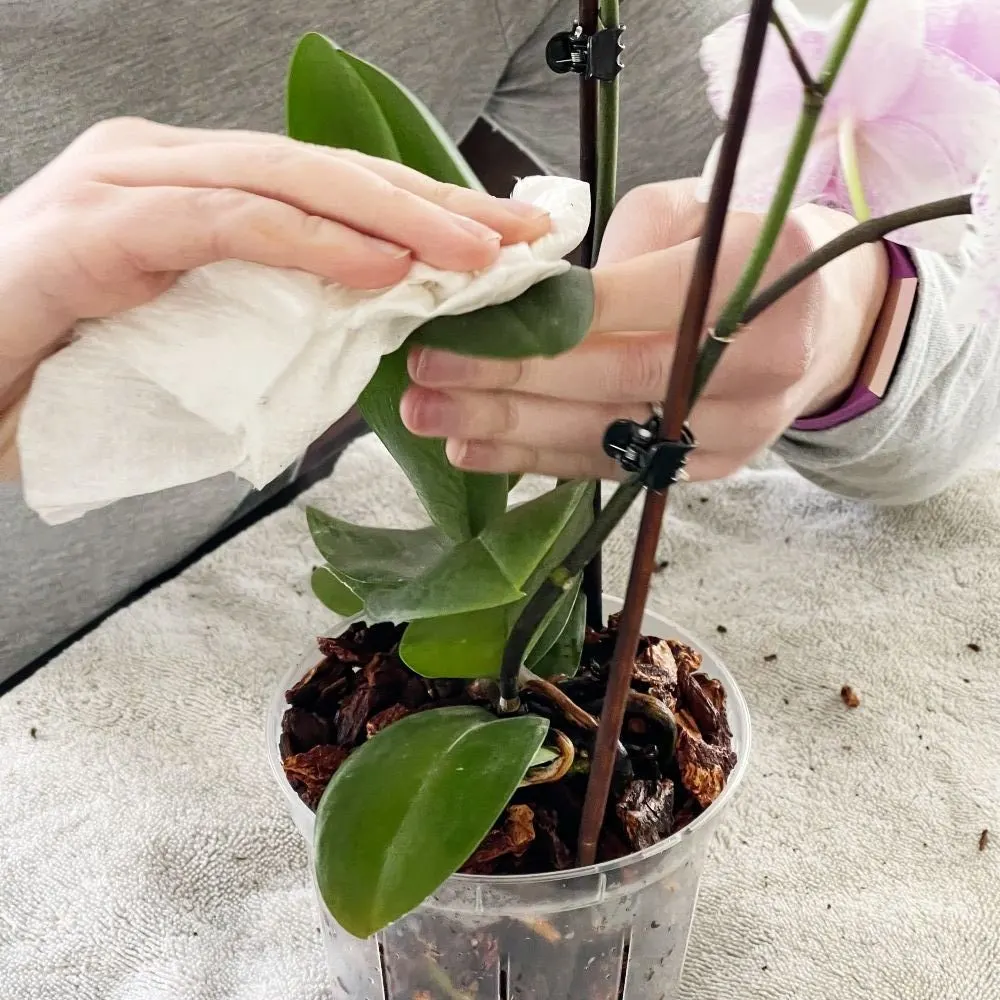
- Plant Inspection and Quarantine: Carefully inspect all new plants you purchase before introducing them to your home, greenhouse or garden. Set them off to themselves for up to a month. Ensure no stages of whitefly are metamorphosing on your new plant. Examine the leaf undersides for whiteflies and whitefly damage, sooty mold and sticky honeydew.
- Sticky Traps: are effective mechanical controls for fungus gnats, House Fly, Thrip, Mosquito, White Fly and fruit flies. The adult flying forms of these pests are trapped on the sticky traps and then easily discarded.
- Leaf washing: If you have infested outdoor plants a strong water spray can knock off some of the whitefly from the plant leaves. Indoors it is best to thoroughly wash and examine your plant for all stages of whitefly on a monthly basis. A wash of water and neem oil will deter and control whitefly.
- Cut off plant leaves that are badly damaged or infested.
- Chemical controls may work in conjunction with the other listed methods to kill whiteflies. Whiteflies do become resistant to chemical controls over time. Be sure the plants you are targeting are listed on the insecticide. Also keep to organic chemicals like Trifecta Spray and neem oil to protect your beneficial insects and pollinators outdoors. Be mindful of pets and children indoors when applying chemicals on houseplants. We have our own favorite insecticidal soap spray recipe posted for you at the bottom of this post. It is effective against whiteflies and other plant pests.
- For the garden and greenhouse Green lacewings and ladybugs are effective beneficial controls for white fly.
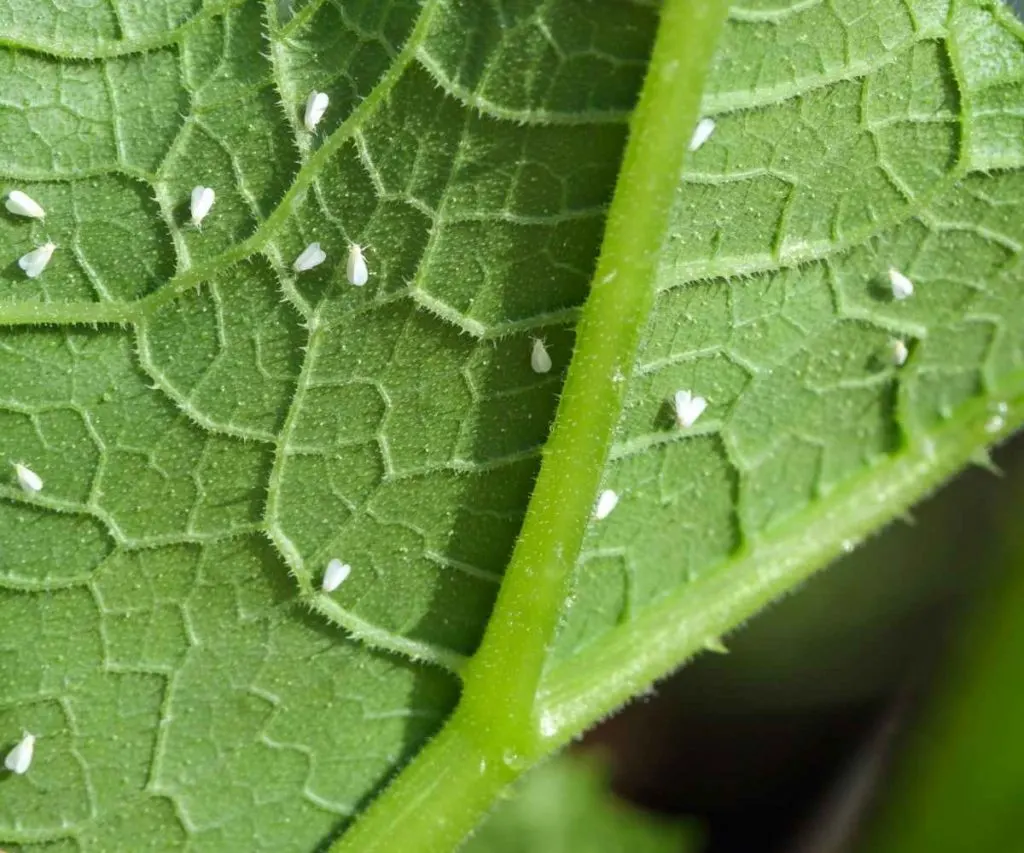
Homemade Insecticidal Soap Recipe
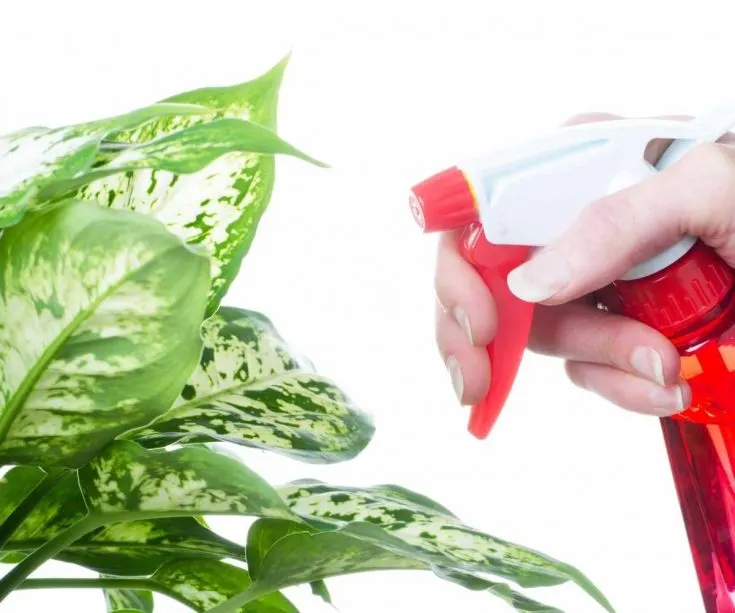
This Insecticidal Soap Spray Recipe with Neem oil is effective for spider mites, thrips, and soft-bodied insects on plants, such as aphids, young scales, whiteflies and mealybugs.
This recipe is Only a deterrent to caterpillars and beetle larvae. But this recipe will control boxelder bugs when they are still in the small nymph stages.
Materials
- 1 1/2 Tsp. Neem Oil
- 1/2 Teaspoon pure Castile liquid dish soap (or other organic liquid soap)]
- 1 quart water-soft or average hard water for best results.
- OPTIONAL:
- A few added drops of lavender, peppermint, or orange oil
Instructions
- mix the water, neem oil and soap into a solution.
- Pour solution into the spray bottle.
- spray on the affected plant leaves on the top and bottom.
- Also spray stems, intersections and buds of flowers.
- Leave the solution on the plants overnight.
- Spray the plants with water after 12 hours or so to rinse the leaves and remove dead pests.
- Reapply as needed. To interrupt the pest life cycle spray every three days for two weeks.
Although the basic recipe will work as described you may wish to enhance your formula by adding
A few added drops of lavender, peppermint, or orange oil in this recipe will help repel pests and smells great!
Notes
Sensitivity of Plants:
We do NOT recommend liquid dish soap DETERGENTS such as Dawn for this recipe. They contain harsh chemicals that can harm the surface of the plant leaves.
If you find this recipe is too harsh and burns your plants. Cut the soap amount in half or follow this spray with an immediate spray of plain water to protect your plant leaves. Also sensitive plants like ferns, succulents, azaleas and waxy leaved plants may be harmed by this spray.
Water Hardness matters:
This recipe is most effective with average to soft water. A hard water will yield a less effective insecticidal spray recipe and can leave soap scum on your plant leaves.
How to use this Spray:
- DIY Organic Insecticidal Soap Recipe works on contact which means it must coat the insect to kill it.
- This spray has No residual effect and must be applied several times at weekly intervals for best control. Although neem oil has some lasting impact on insects most of the effectiveness of this spray is by direct contact.
- Spray the entire plant with special focus on those areas of your plant where you can find the bugs.
- Spray in the morning or evening in cooler temperatures and when plants are shaded. You want the spray to last. Once it dries the spray is ineffective.
Go to our Homemade Food Junkie article For more on this recipe
The cost of this recipe is determined by which soap you use and if you have to purchase a spray bottle.
This insecticidal soap is not effective on fungus gnats. Read this article on how to kill and manage Fungus Gnats
Related Content
Follow Us:
Find us on YouTube, Instagram , Pinterest and TikTok! We love to Plant chat. We also comment, like and occasionally share your content to our daily stories. We’d love to see your plants. Share your joy in your houseplants. Happy Planting!
Recent Posts:
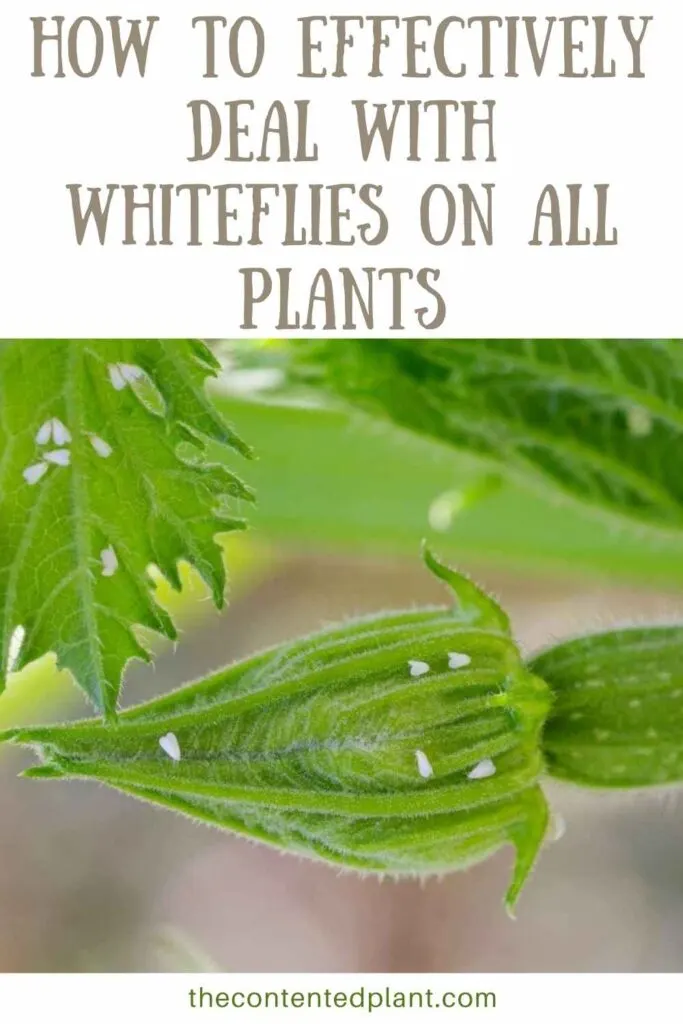
Further Reading:
Whiteflies Management by Missouri Botanicals
